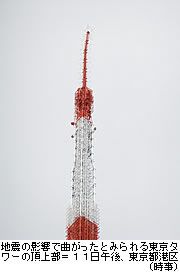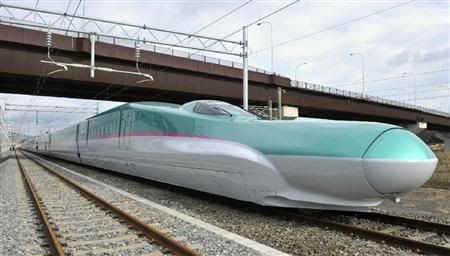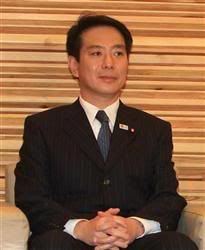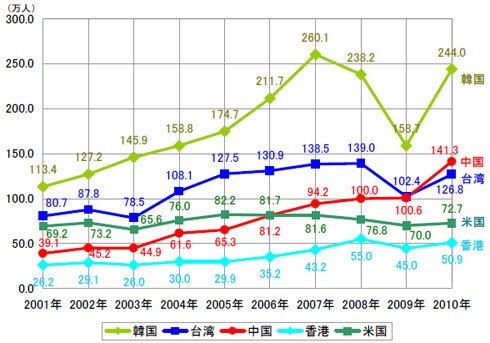みなさん、こんにちは!
Tourists from in and outside of the country often go and visit Tokyo Tower which is very famous.
It has been bent due to the big earthquake on March 11th.
And now you see the video which is about the engineers are on the top of it and fixing it.
東京(とうきょう)タワー: Tokyo Tower
有名(ゆうめい): famous
国内(こくない): within the country
海外(かいがい): overseas
観光客(かんこうきゃく): tourists
~の方(かた): people of ~ (politer than ~の人)
行(い)くところ: the place to go
3月11日の大地震で東京タワーが曲がってしまいました。
大地震(だいじしん): big earthquake
曲(ま)がる: bend
~てしまいました: has been done (expresses regret or dissatisfaction with a result)
そしてエンジニアの方が333mの東京タワーに登って直しているところです。
そして: and then
登(のぼ)る: to climb
直(なお)す: to fix
~ているところ: doing something and now at the middle of the action
本当に大変な仕事だと思います。
本当(ほんとう)に: really
大変(たいへん)な: hard, difficult
仕事(しごと): job, work
~と思(おも)います: I think that ~
感謝しています。
感謝しています。
感謝(かんしゃ): gratitude





















